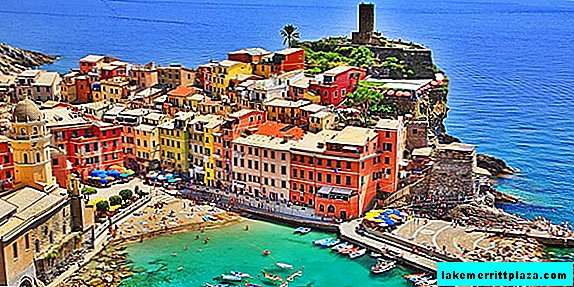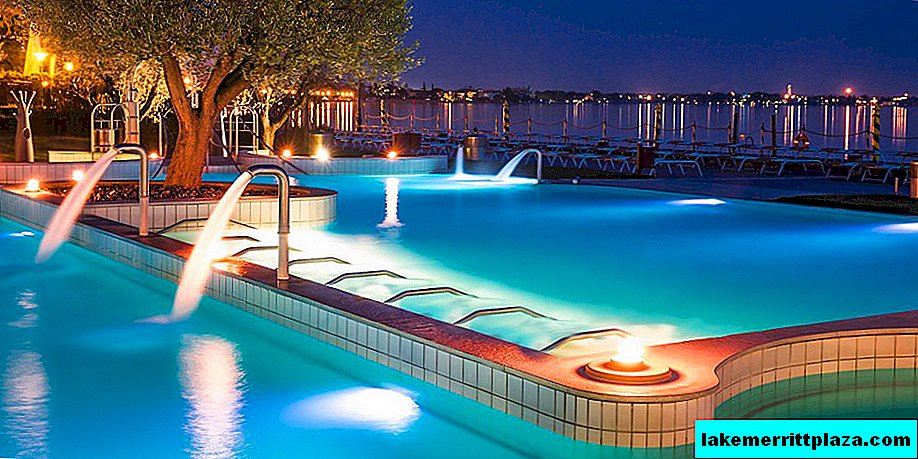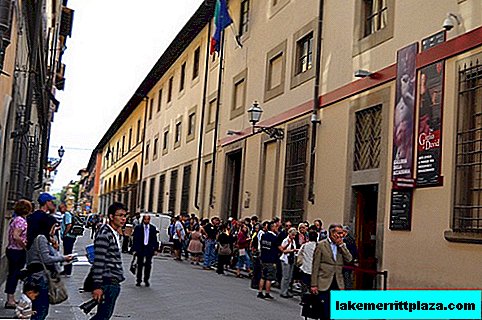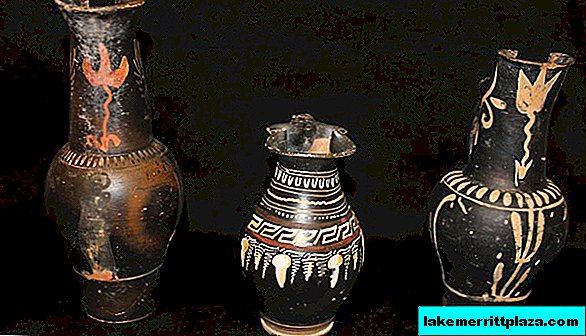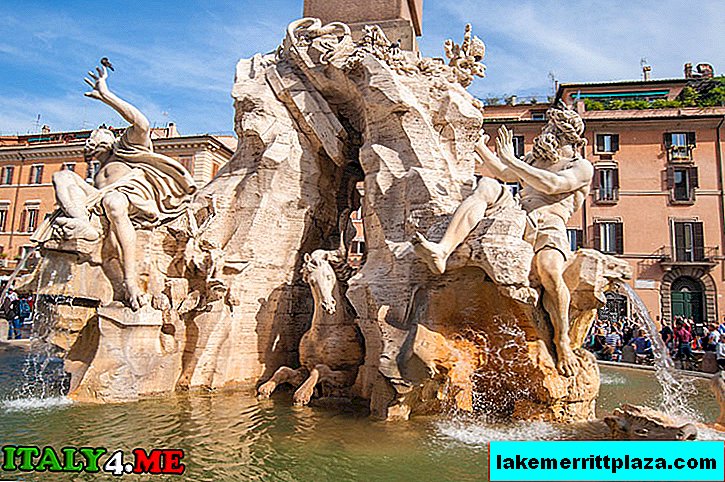The Higher School of Fine Arts is a monumental and majestic building that stands out in the architectural ensemble that forms the terrace of Bruhl.
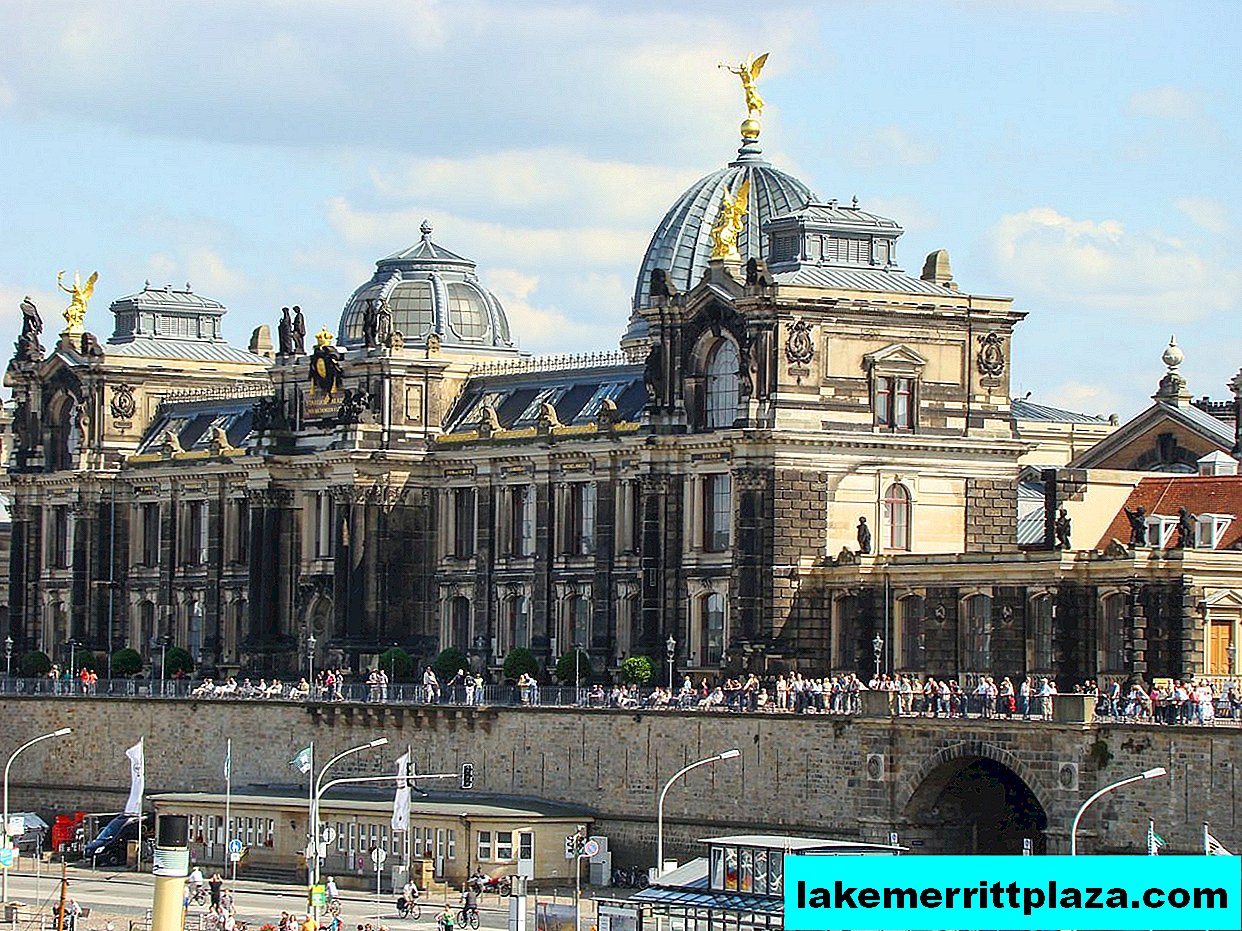
Dresden Academy of Fine Arts, photo manu1362
The Higher School of Fine Arts (Hochschule für Bildende Künste Dresden) or the Academy of Fine Arts in Dresden is the oldest institution of higher education in Saxony. The building was built in the Neo-Renaissance style by the architect Konstantin Lipsius. Construction was carried out in 1891-1894, and the result was an academy combined with an exhibition hall of the Saxon Association of Artists.
Buildings of the Higher School of Fine Arts
The monumental and majestic building stands out clearly in the architectural ensemble forming the Brule terrace: large windows for better lighting of art workshops, a glass dome crowned with a gilded figure of the goddess of rumor and the messenger of Zeus Fama. The dome of the Academy’s main knowledge for its form was nicknamed the “Lemon Juicer”.
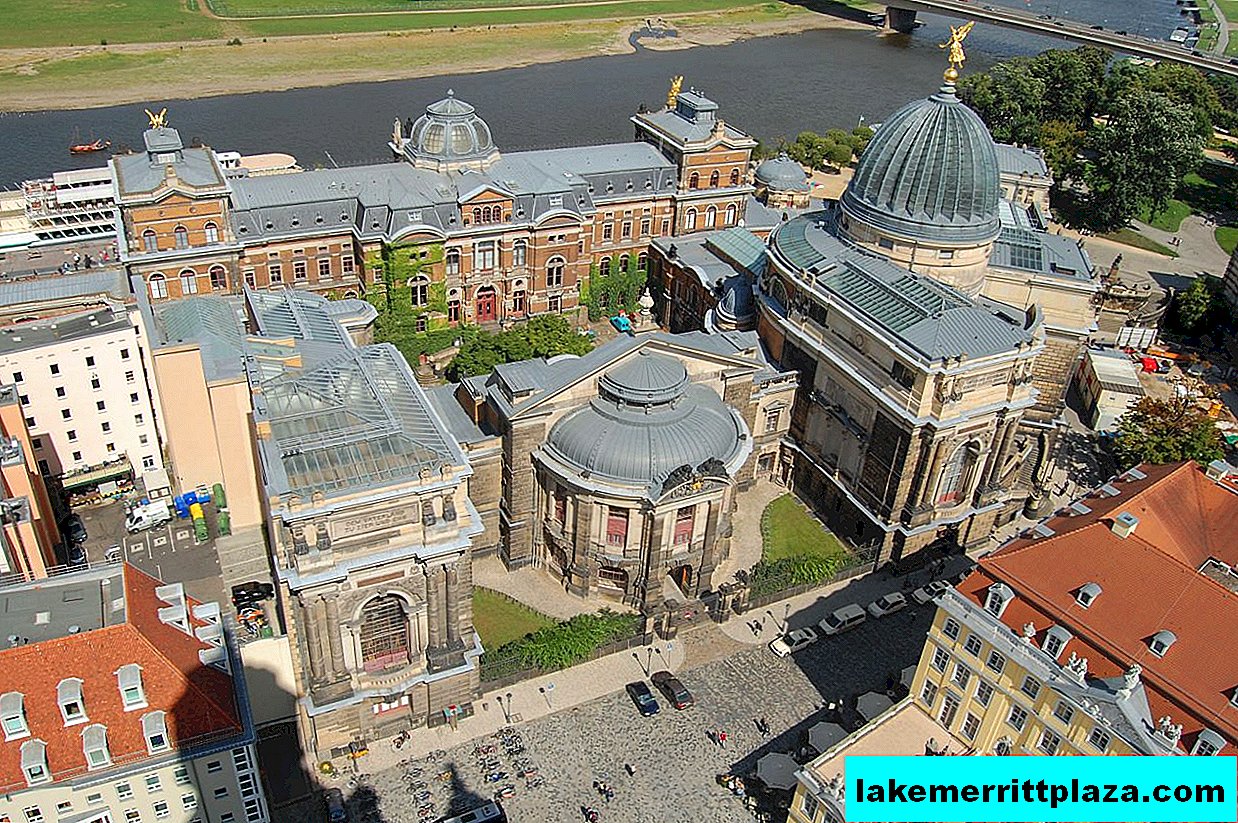
Top view of the main building, photo webjoy
The Academy of Arts has undergone a lot of criticism in its time, attacks were even during the construction period. Some believed that the building was too angular, while others insisted that the facades were overloaded with various decorations. Nevertheless, all the elements are truly masterfully executed, because the greatest sculptors of the time worked on them: Heinrich Epler, Hermann Hulzsch and Johannes Schilling.
In February 1945, during the bombing, the Academy of Fine Arts was destroyed. The building was restored in 1952.

High School of Fine Arts (Hochschule für Bildende Künste Dresden), photo by Alex Jilitsky
The second building of the Academy of Fine Arts was built on the Pfotenhauerstraße in 1911 by architects Julius Rudolf Glezer and Max Vrba for the department of sculpture and animalism. The building also suffered during the bombing. It was restored in the 50s.
There is another building - on Güntzstrasse (Güntzstraße).
How to get there
Take tram 4, 8, 9 to the Theaterplatz stop.
How do I save on hotels?
Everything is very simple - look not only at the booking. I prefer the search engine RoomGuru. He is looking for discounts at the same time on Booking and on 70 other booking sites.

